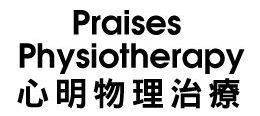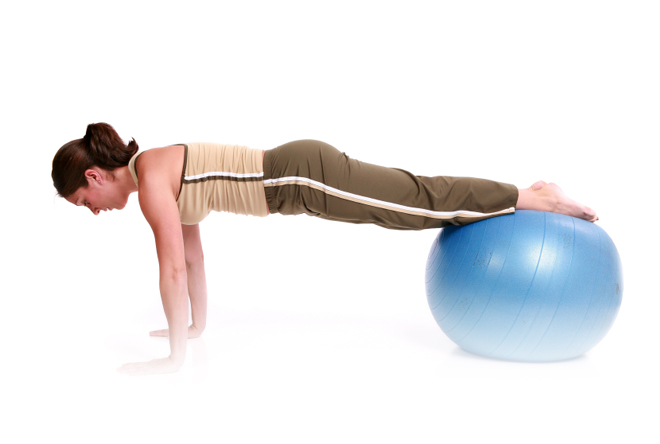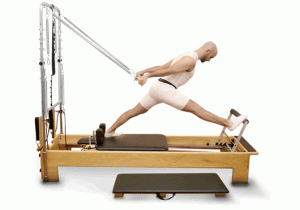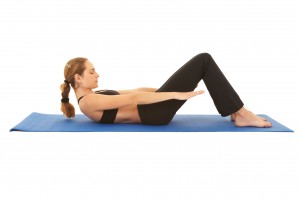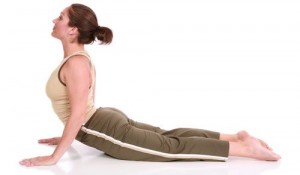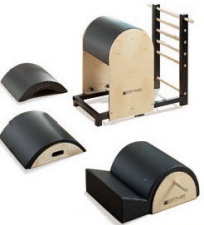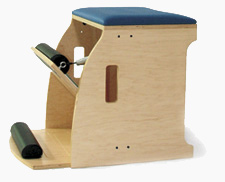|
Our Therapies
|
Pilates
Origin of Pilates exercise and what is it ? The Pilates system of exercise has existed since early 1920s. It was originated from the work of Joseph H. Pilates, a German immigrant who settled in New York. With his background of gymnastics, boxing, circus performing and nursing he developed a range of work on simple spring resistance based apparatus. Over the years he became popular amongst the performing arts population in New York, as exercise therapy was a rare commodity in those days, and considerable success was achieved with his unique form of work. And his exercise work continued to grow. Pilates exercise has been used by dancers, performers and athletes to achieve the long, strong and flexible bodies that are essential for their performance. Now Pilates exercise is widely used in different medical and clinical settings for rehabilitation and conditioning purposes. How is Pilates exercise performed ?
Recent researches support proximal stabilization for management of spinal injuries. It is well accepted that poor control and lack of endurance of the trunk musculature are associated with low back pain and researchers have developed a range of criteria for training “core control”. Pilates exercise encourages efficiency and submaximal muscle control rather than maximal strength training by relying on variable (i.e. spring loaded) resistance and movement. To execute the exercises properly a stable, controlled pelvic and shoulder girdle is crucial with the load being used to both facilitate and/or challenge both deep and global stability musculature. The specific exercises are performed on specially designed variable resistance spring controlled apparatus – the Reformer, the Trapeze table, the Wunda Chair and Barrels. This exercise system strengthens both the local/deep stabilizers, such as transverses abdominus and deep multifidus, and the more superficial global stabilizers, such as the obliques/superficial multifidus, lat. Dorsi., etc. The movement is incorporated with breathing and mental focus on the deep stabilization muscles. It improves muscle strength, flexibility, posture and overall alignment of the body.
What problems can Pilates exercise help ? Pilates exercise program has been elaborated by physiotherapists over last decades to develop training of more functional dynamic stability muscle activity and progress static stability into dynamic. Drawing on the original work of Joseph Pilates the program has been refined to improve its safety and highlight the components that are most valid instability training and injury diagnosis and management. Pilates exercise can be used for:
|

